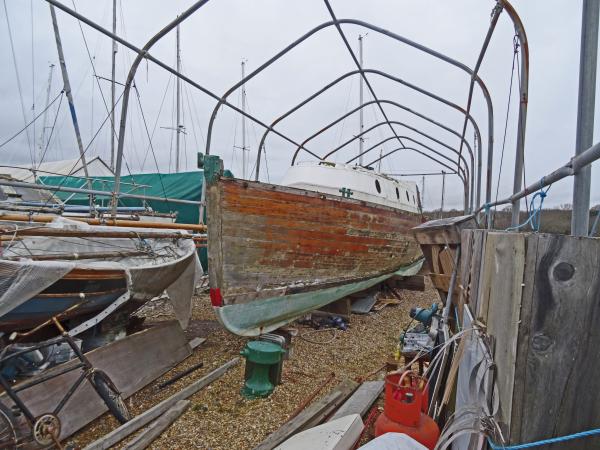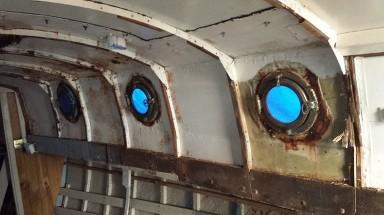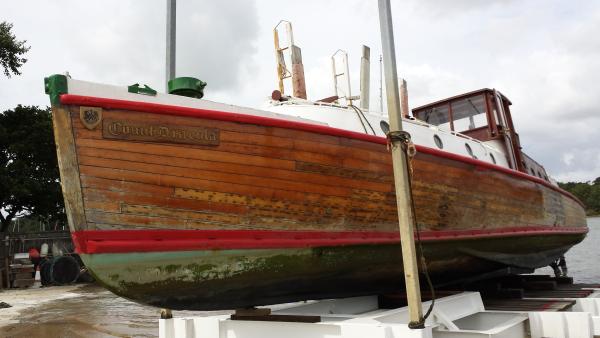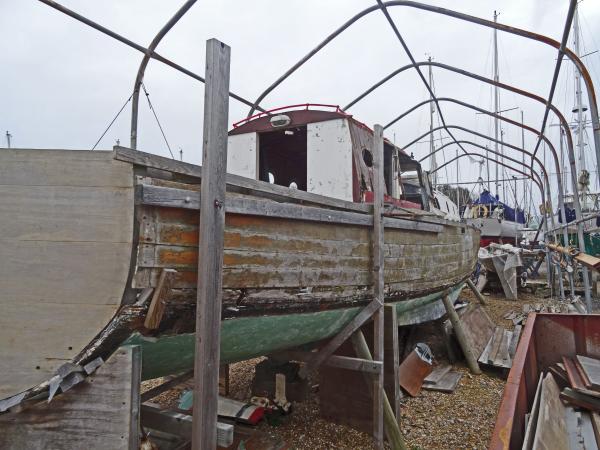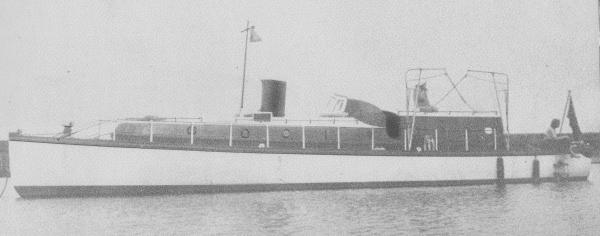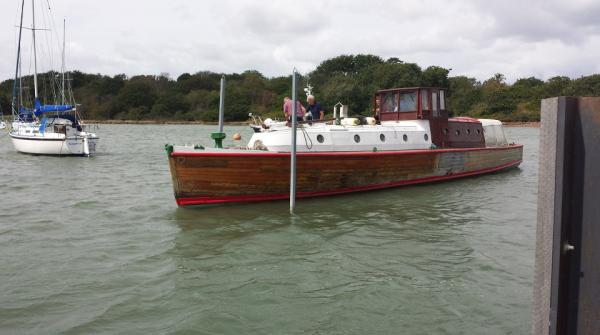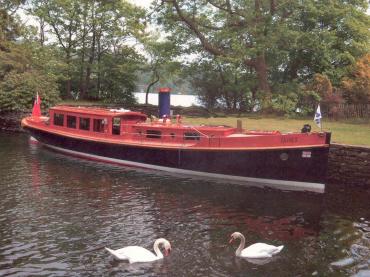

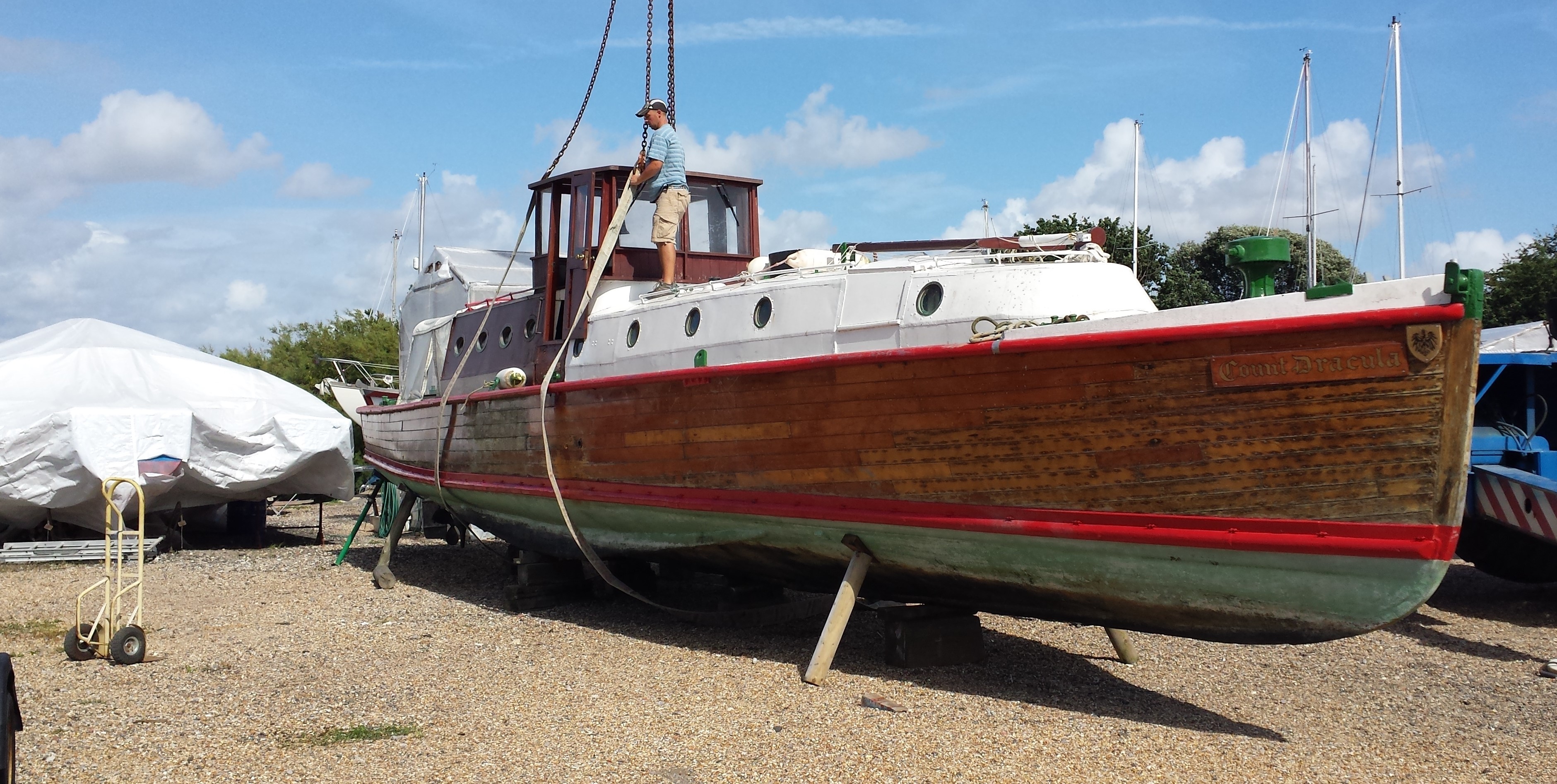
Details
Construction
Dimensions
History
COUNT DRACULA was built as an Admirals Barge in Wilhemshaven, Germany in 1913, the builder is unknown. Her first owners were the Imperial German Navy. Admiral Von Hipper used her to transfer from SMS Lutzow to SMS Moltke (via torpedo boat SMS G39) during the Battle of Jutland in 1916. She was salvaged by the Royal Navy at Scapa Flow in 1919. after the scuttling of the German fleet. After the First World War she was sold into private hands but was requisitioned for Operation Dynamo in 1940, saving over 700 from Dunkirk. As a member of the Association of Dunkirk Little Ships she returned to Dunkirk in 1980, 1985 and 1990.
The vessel was bought by her present owner in June 2014 and has been laid up and stripped out prior to restoration. It is intended to restore her to a condition similar to her entering service during Operation Dynamo.
Currently laid up in Hayling Island and i need of repair.
Significance
1. What is the vessel’s ability to demonstrate history in her physical fabric?
Evidence for designs, functions, techniques, processes, styles, customs and habits or uses and associations in relation to events and people. How early, intact or rare these features are may impact on significance.
COUNT DRACULA’s first owners were the Imperial German Navy, and she was built as an Admiral’s Barge in Wilhemshaven, Germany in 1913, but her builder is unknown. She is a 50ft vessel of double diagonal hull construction in teak and oak, with steel and oak frames and a steel bed for her original steam plant. She has a single deck and no masts. The vessel was bought by her present owner in June 2014 and has been laid up and stripped out prior to conservation work being carried out. Hull supports have been necessary to assist in correcting a twist in the hull resulting from earlier substandard repairs.
2. What are the vessel’s associational links for which there is no physical evidence?
Associations with people or places. Off-ship research.
Admiral Von Hipper used COUNT DRACULA to transfer from SMS LUTZOW to SMS MOLTKE (via torpedo boat SMS G39) during the Battle of Jutland in 1916. She was salvaged by the Royal Navy at Scapa Flow in 1919 after the scuttling of the German fleet. After the First World War she was sold into private hands, but she was requisitioned for Operation Dynamo in 1940, and is credited with saving over 700 evacuees from Dunkirk. COUNT DRACULA remained under the control of the Admiralty until the end of the Second World War, but her role during this period is unknown. As a member of the Association of Dunkirk Little Ships she returned to Dunkirk for the commemorations in 1980, 1985 and 1990. She has international significance for the role she played in both World Wars and strong associations to Germany as her place of build. She is also unique in being the only known surviving vessel to have served in both world wars, but on opposing sides. She has been recorded on the National Register of Historic Vessels since 2014.
3. How does the vessel’s shape or form combine and contribute to her function?
Overall aesthetic impact of the vessel, her lines, material she was built from and her setting. Does she remain in her working environment?
COUNT DRACULA was originally built as an Admiral’s Barge in Germany, a function she retained throughout the First World War. Her design and build were appropriate to her purpose, being of sturdy construction whilst at the same time being both elegant and having elements of luxury in her fixtures and fittings. As such she was ideally fitted to her intended purpose. She has a straight bow, a plumb straight stem and a transom stern, and retains this general outline and some of the features of an Admiral’s barge today. COUNT DRACULA is currently in private use and located at Hayling Island, where she is awaiting conservation to return her to her 1940 configuration. It is then intended to use her as a floating museum.
Source: NHS-UK team, 05 May 2016.
This statement was developed as part of the Heritage Lottery funded First World War project. http://www.ww1britainssurvivingvessels.org.uk/
Key dates
-
1913
Built in Wilhemshaven, Germany
-
1916
Served at the Battle of Jutland for Germany
-
1919
Salvaged by the Royal Navy
-
1940
Served at Dunkirk evacuation
Own this vessel?
If you are the owner of this vessel and would like to provide more details or updated information, please contact info@nationalhistoricships.org.uk

